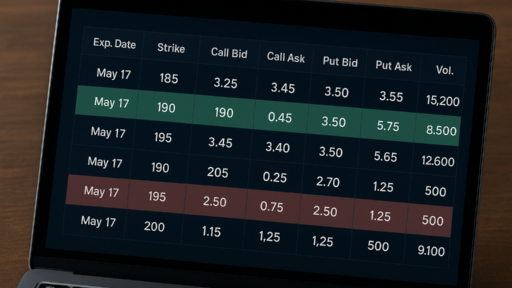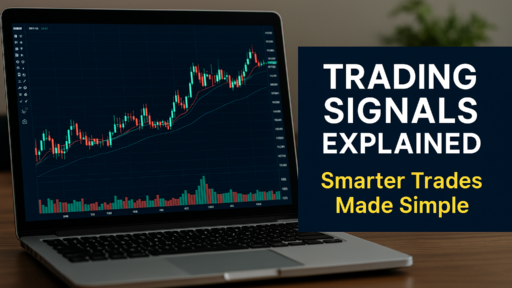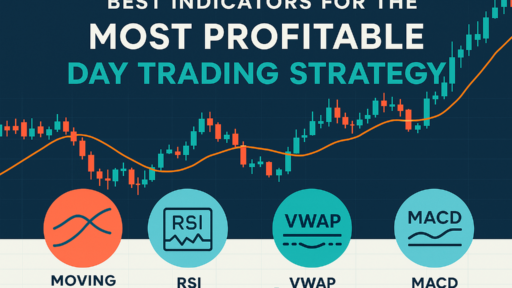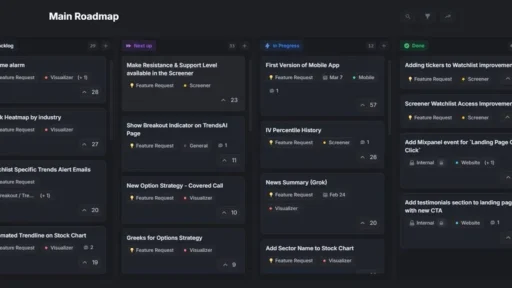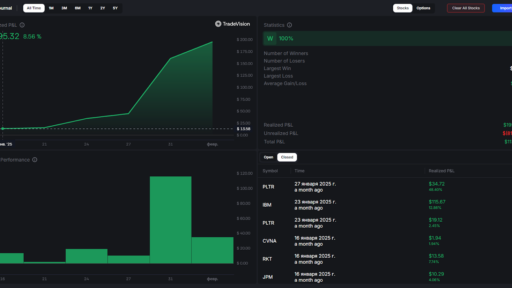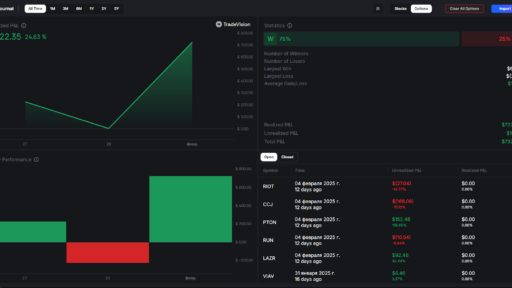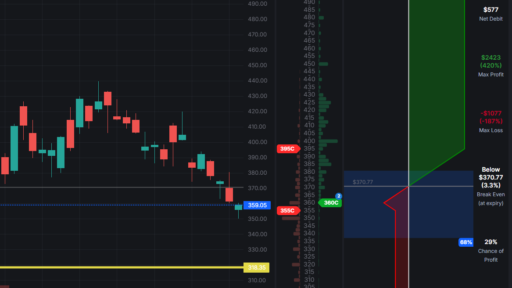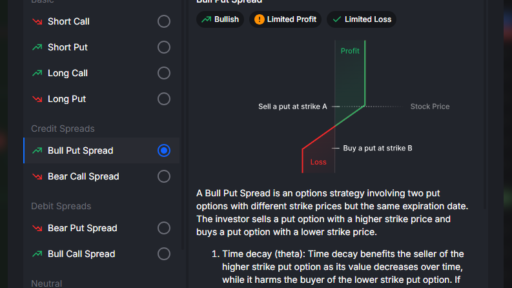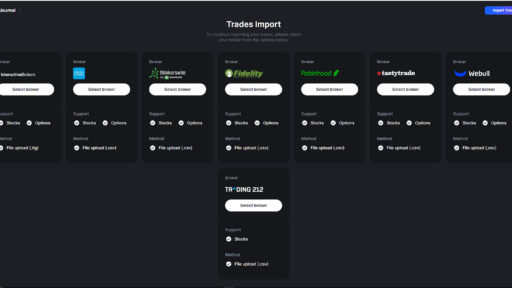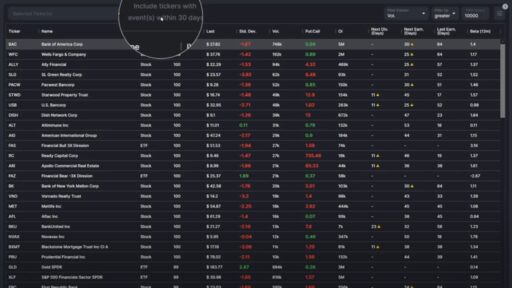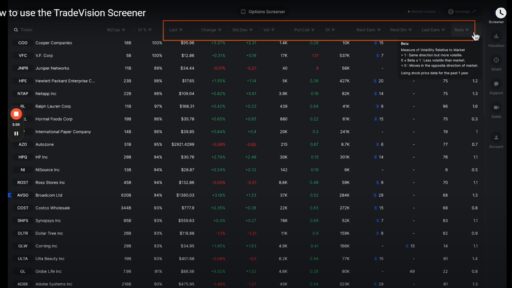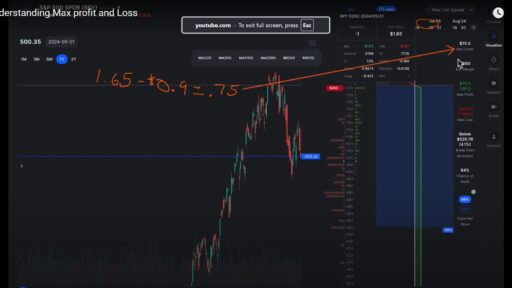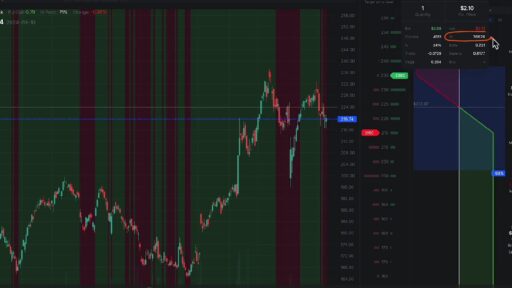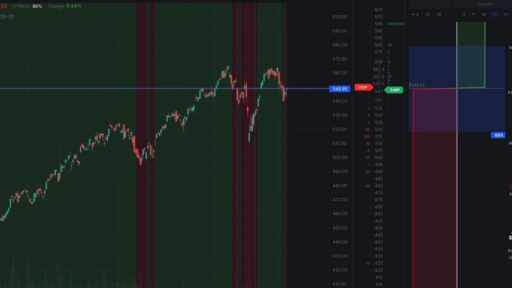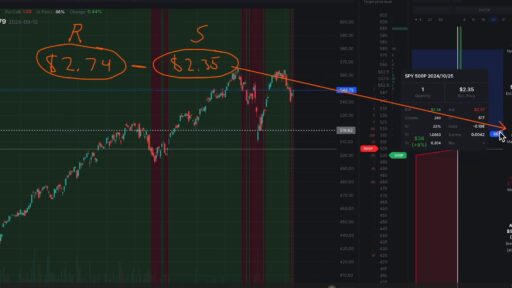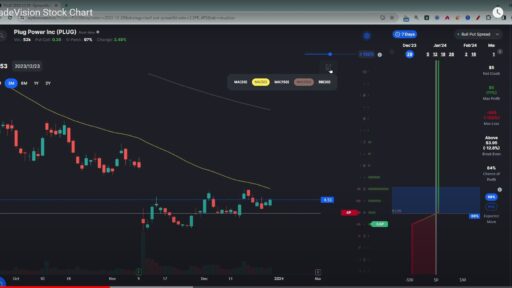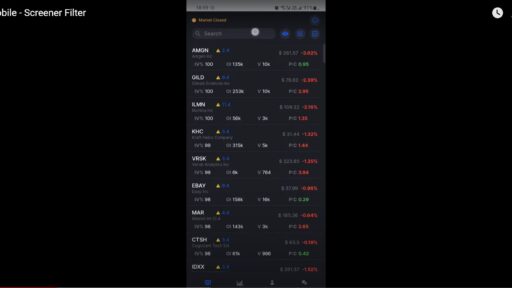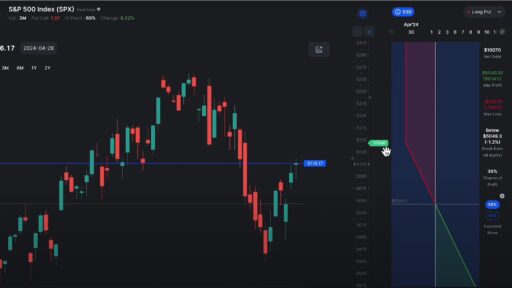Options trading can be a powerful strategy for managing risk or capitalizing on market movements, but it requires careful analysis. An options profit calculator is a crucial tool that helps traders understand potential outcomes of their trades. This guide will walk you through how to use an options profit calculator effectively to make informed trading decisions.
What is an Options Profit Calculator?
An options profit calculator is a software tool or online application designed to estimate the profitability of options trades. It takes into account various factors such as the asset’s price, strike price, expiration date, and market conditions to provide a clear picture of potential profits and losses.
Key Features
- Real-Time Data Integration: Provides up-to-date estimates based on current market conditions.
- Profit and Loss Graphs: Visual representations of potential outcomes across different price levels.
- Scenario Analysis: Simulate various market scenarios by adjusting asset price and volatility.
- Break-Even Analysis: Identifies price levels where the trade breaks even.
- Risk Assessment: Evaluates potential risks including maximum loss and profit.
How to Use an Options Profit Calculator
Step 1: Input Trade Details
To get accurate estimates, enter the specific details of your options trade into the calculator:
- Underlying Asset: Enter the ticker symbol or name of the asset you’re trading.
- Option Type: Choose whether it’s a Call (right to buy) or Put (right to sell).
- Strike Price: Input the strike price of the option.
- Expiration Date: Specify the date when the option expires.
- Premium Paid: Enter the cost of purchasing the option.
- Current Price: Input the current market price of the underlying asset.
Step 2: Analyze the Results
Once you input the details, the calculator will provide several outputs:
- Profit/Loss Estimates: View potential profit or loss at different future prices of the underlying asset.
- Break-Even Points: Identify the prices at which your trade breaks even.
- Profit/Loss Graph: Analyze how the trade performs at various prices.

Step 3: Run Scenario Analyses
To understand the full potential of your trade, use the calculator to model different market conditions:
- Price Movements: Adjust the projected price of the asset to see how it impacts your trade.
- Volatility Changes: Some calculators allow you to modify volatility, showing its effect on your trade.
Step 4: Interpret the Results
Understanding the results is key to making informed decisions:
- Max Profit and Loss: Assess the maximum profit and loss scenarios to evaluate the risk and reward.
- Risk Management: Determine if the potential rewards justify the risks.
- Trade Adjustments: Adjust your trade parameters based on the calculator’s insights to better align with your risk tolerance and goals.
Benefits of Using an Options Profit Calculator
- Simplified Decision-Making: Offers a clear picture of potential outcomes, helping you decide whether to enter or exit a trade.
- Risk Management: Visualizes potential profits and losses, aiding in effective risk management.
- Time Savings: Automates complex calculations, reducing the chance of errors and saving time.
- Enhanced Strategy Development: Helps in refining strategies by understanding how different factors affect outcomes.
Conclusion
An options profit calculator is an essential tool for both novice and experienced options traders. By accurately inputting trade details, analyzing results, and running various scenarios, you can make more informed decisions, manage risks effectively, and enhance your trading strategies. Incorporating this tool into your trading routine will streamline your decision-making process and improve your overall trading proficiency.













